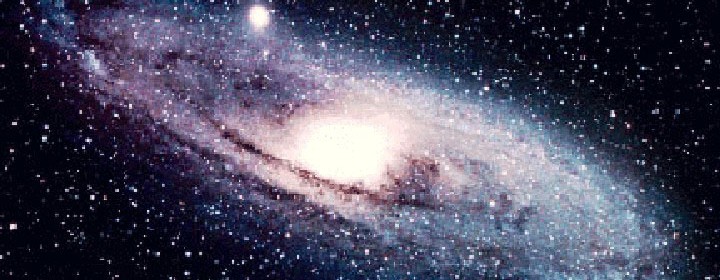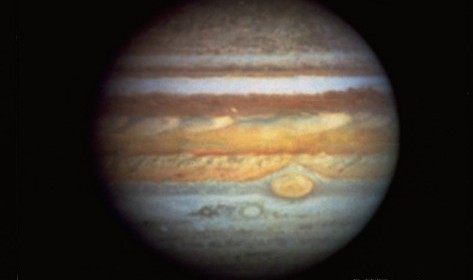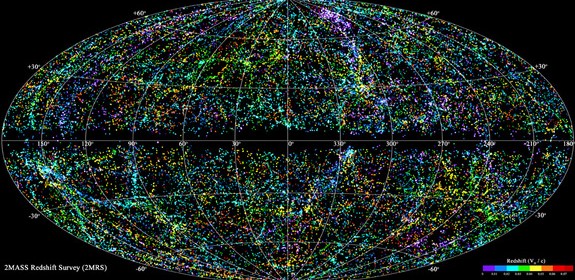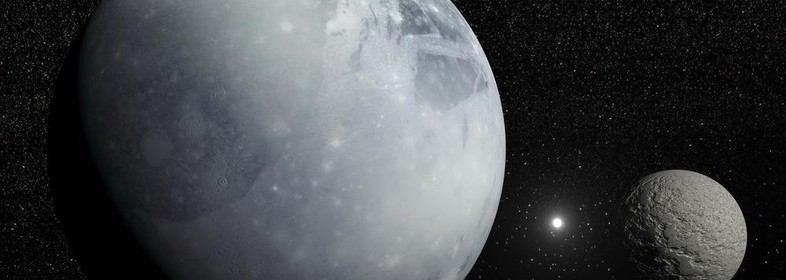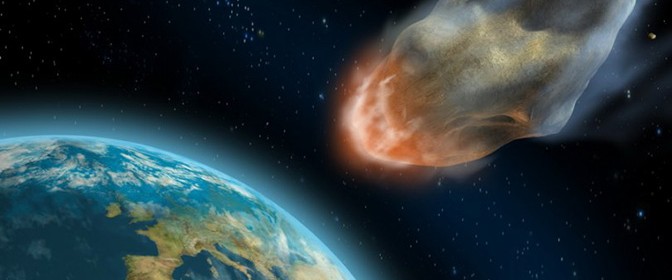Will We See the Sun’s Final Light Show?

When we see a magical light show from the sun it is called “stretched loops” that are visible when the sun is rotated showing its profile to the earth. These lights move along a magnetic line that shows us these yellow lights that are charged particles of ultraviolet light. In about 5 billion years the sun will shine its last […]
Read more
